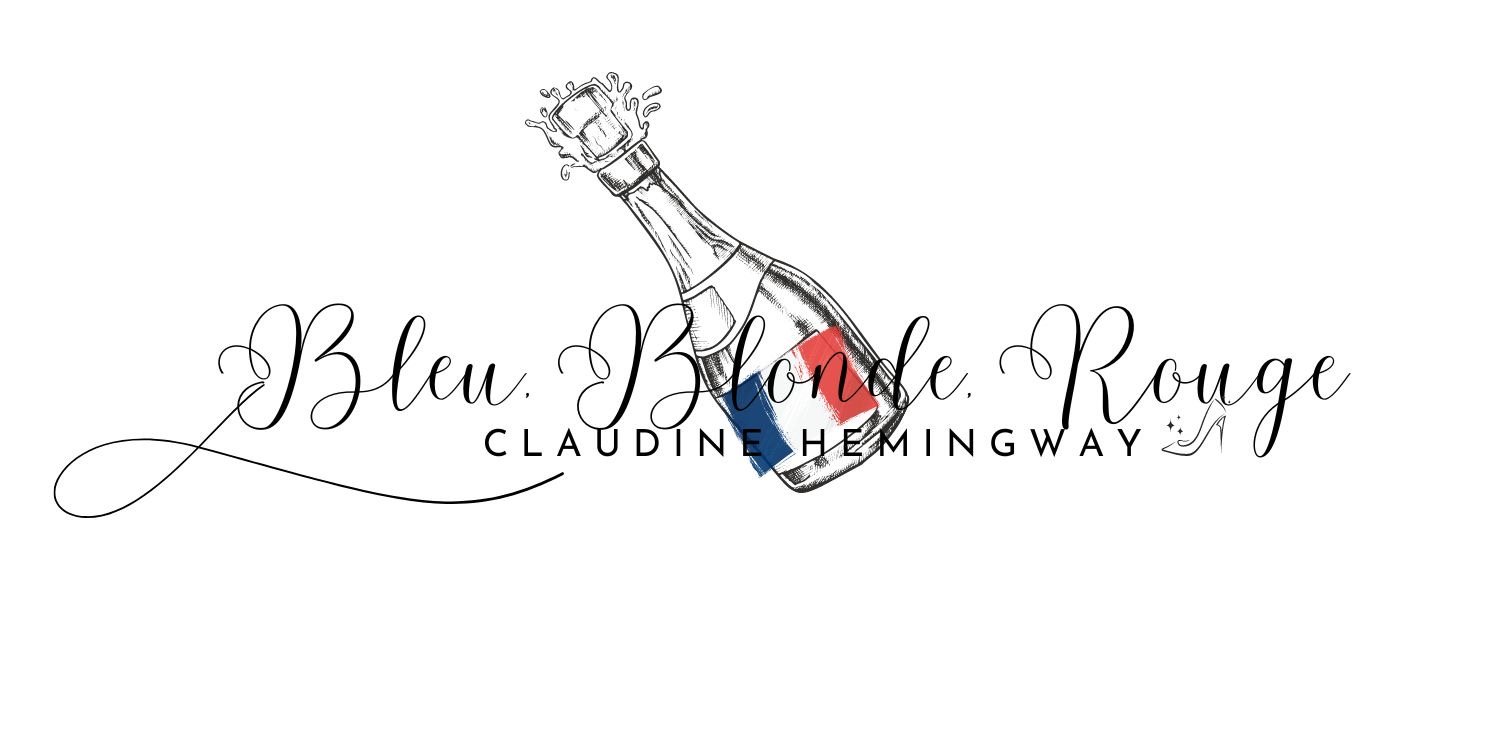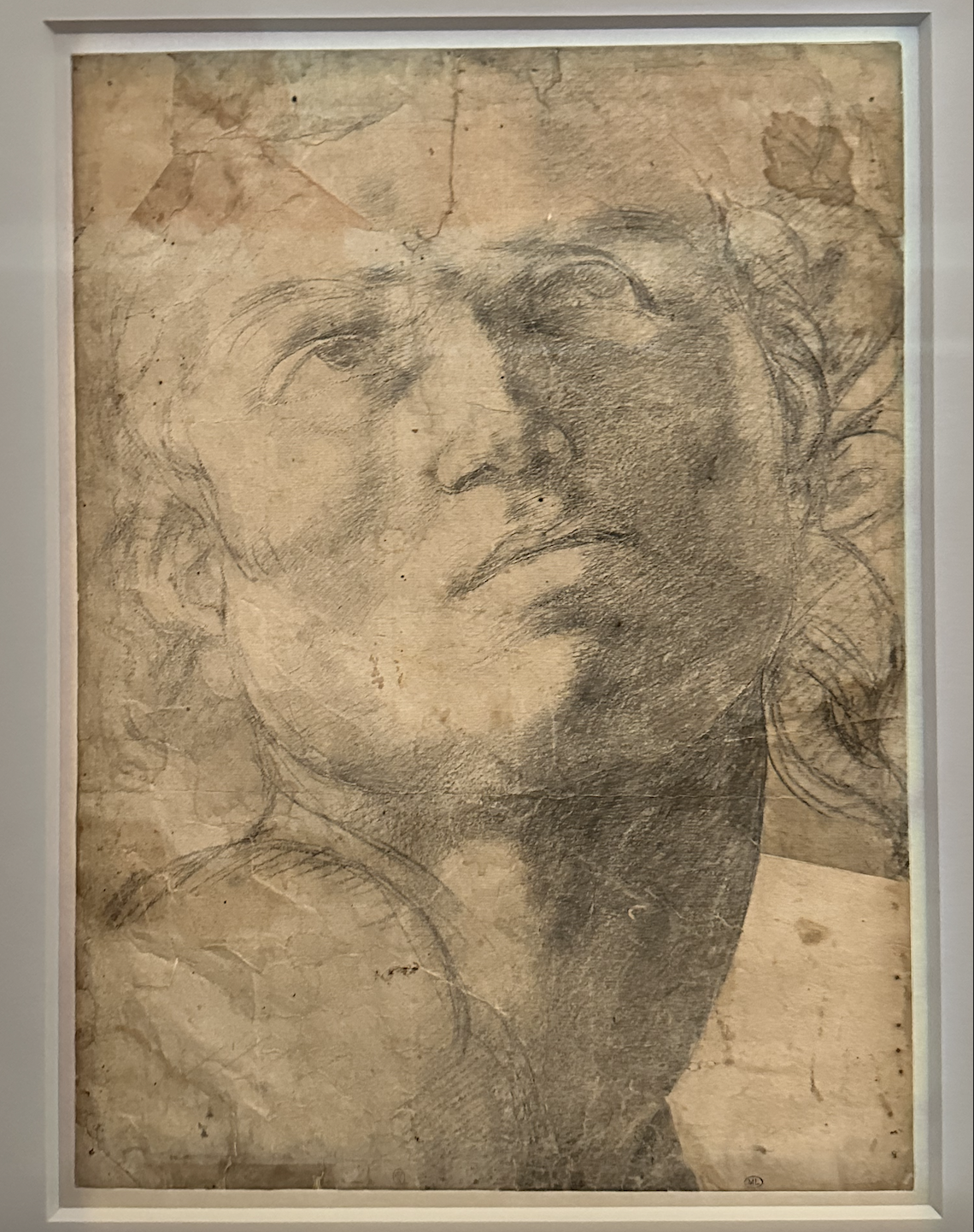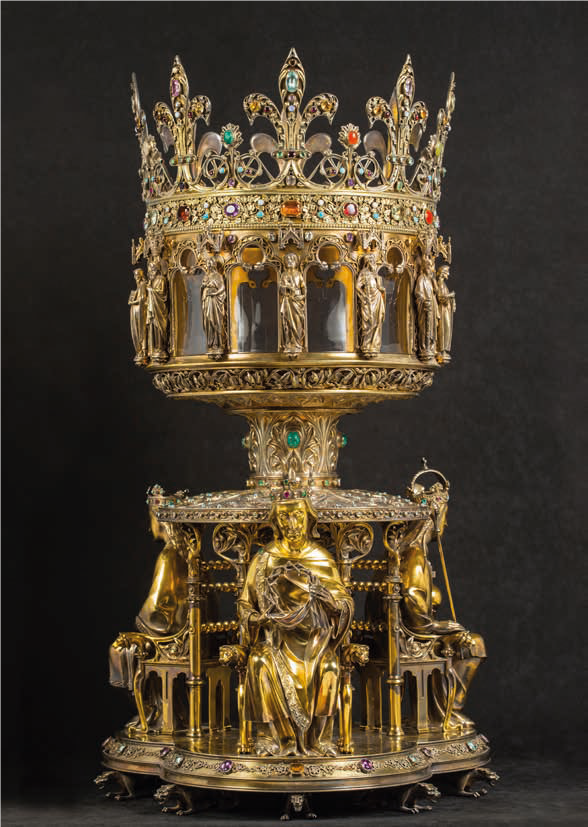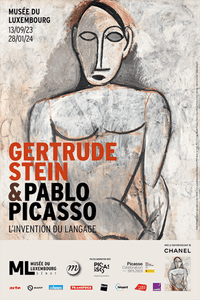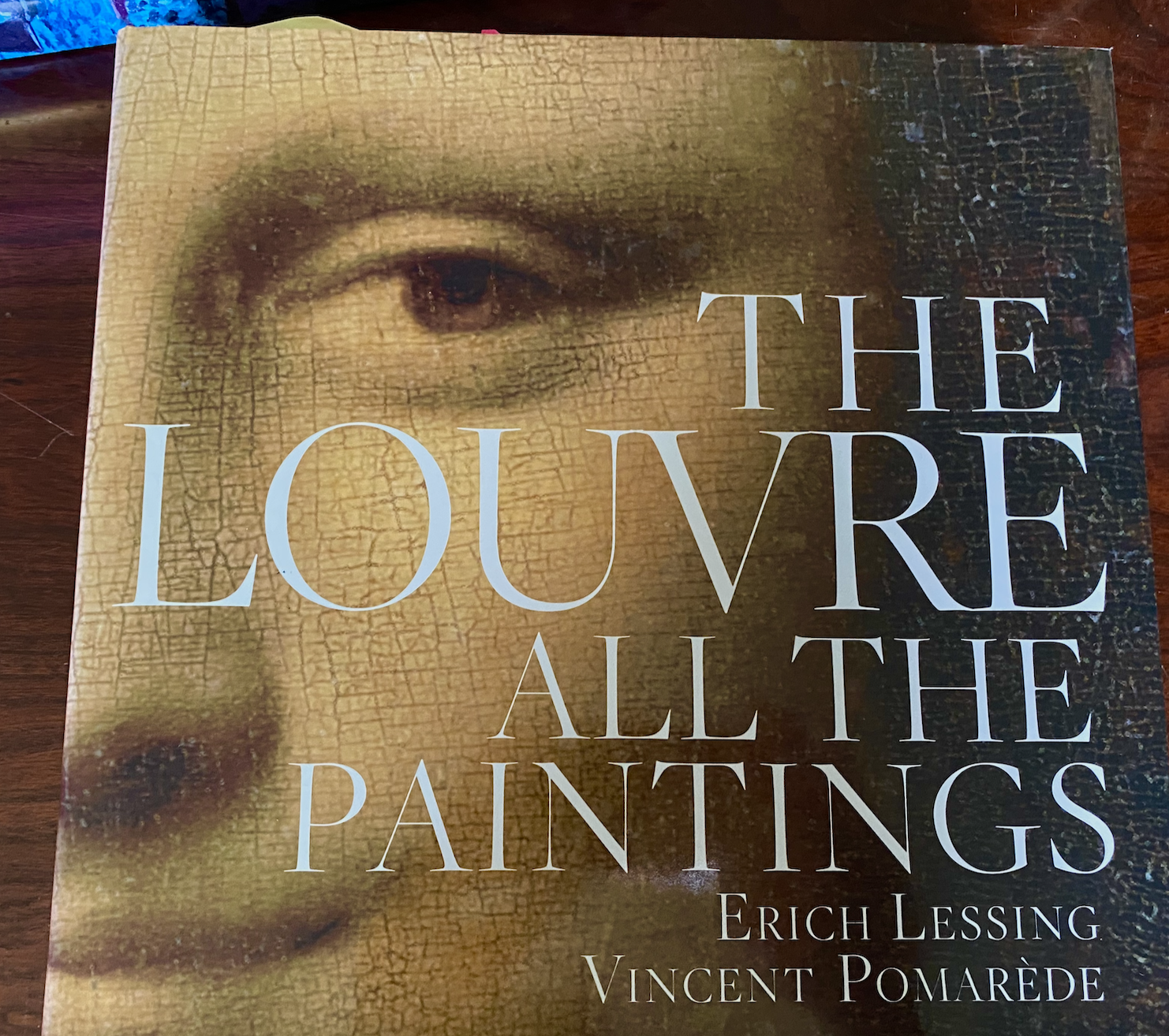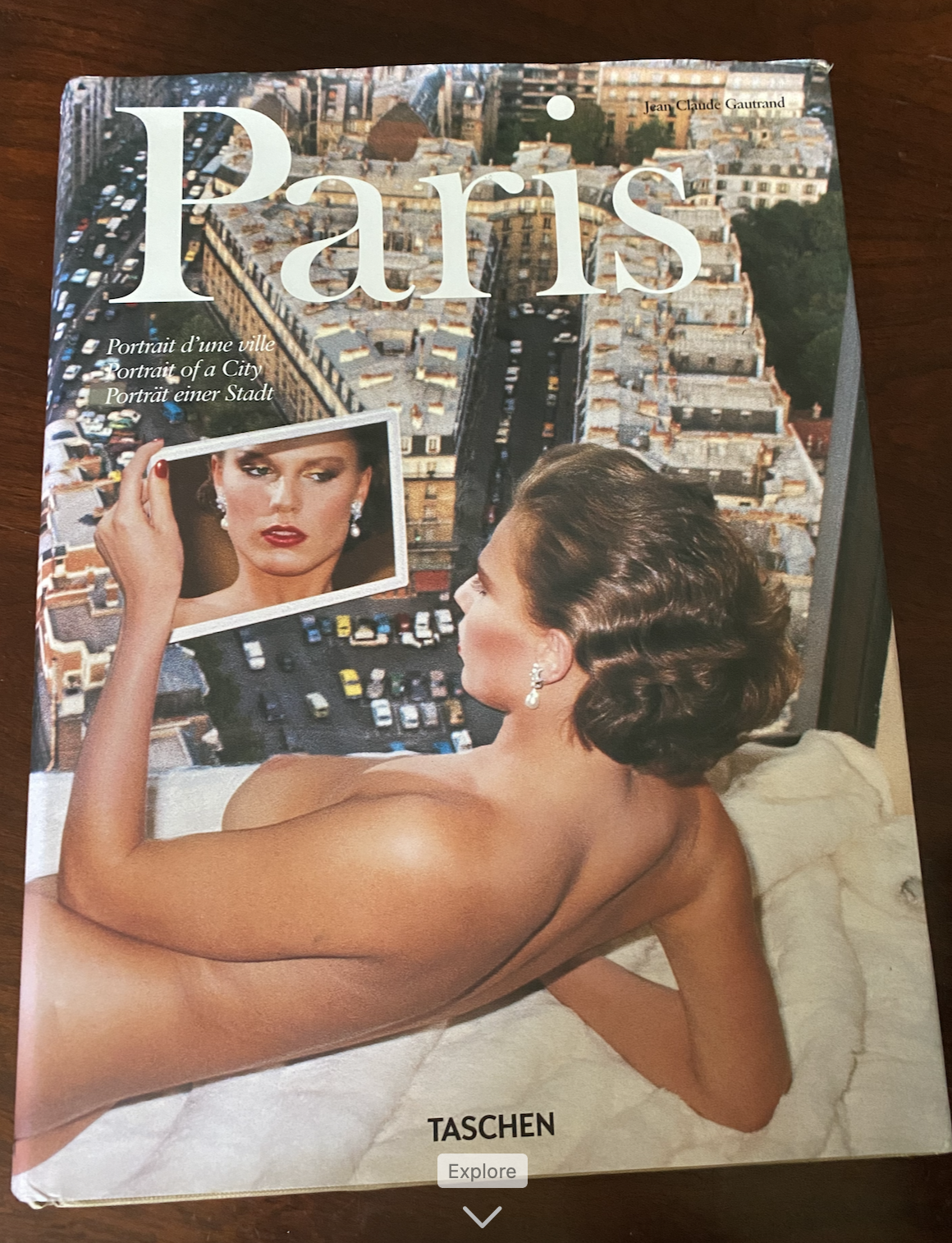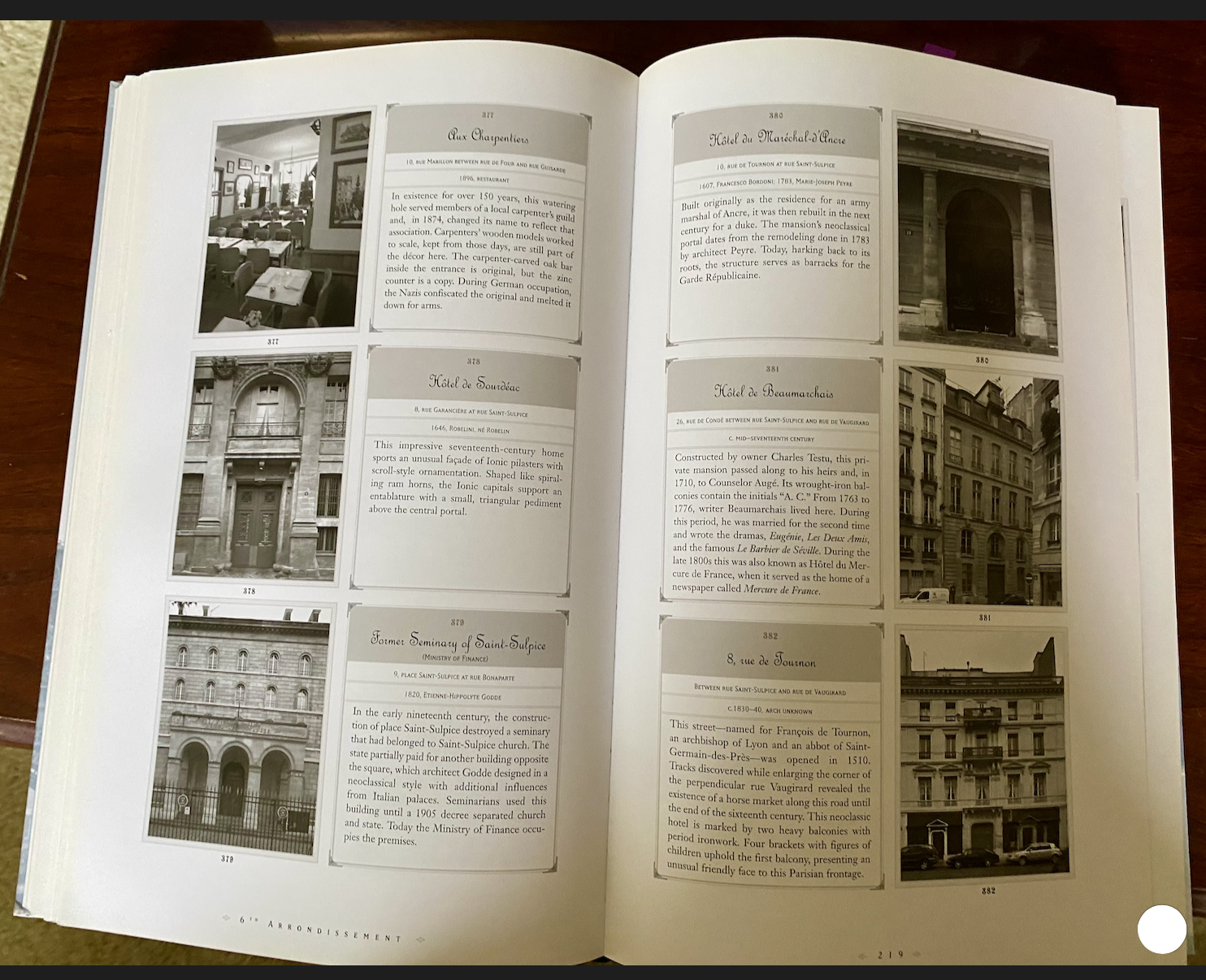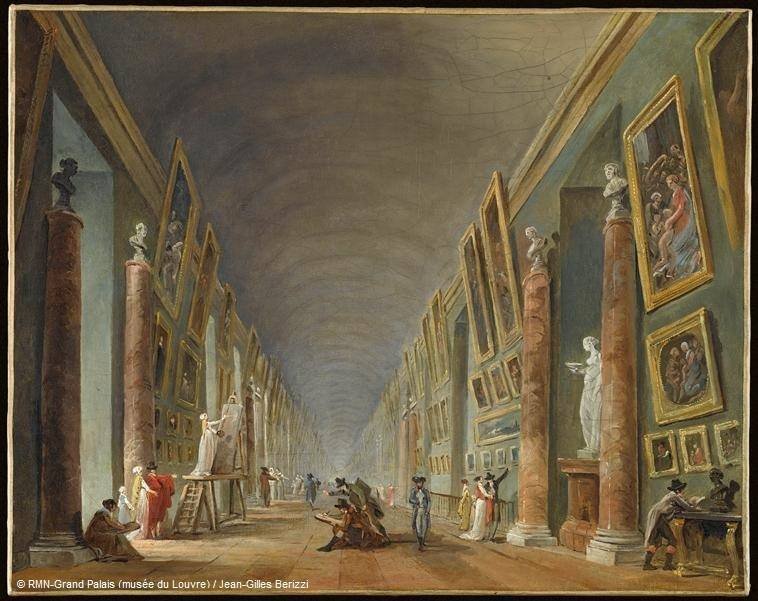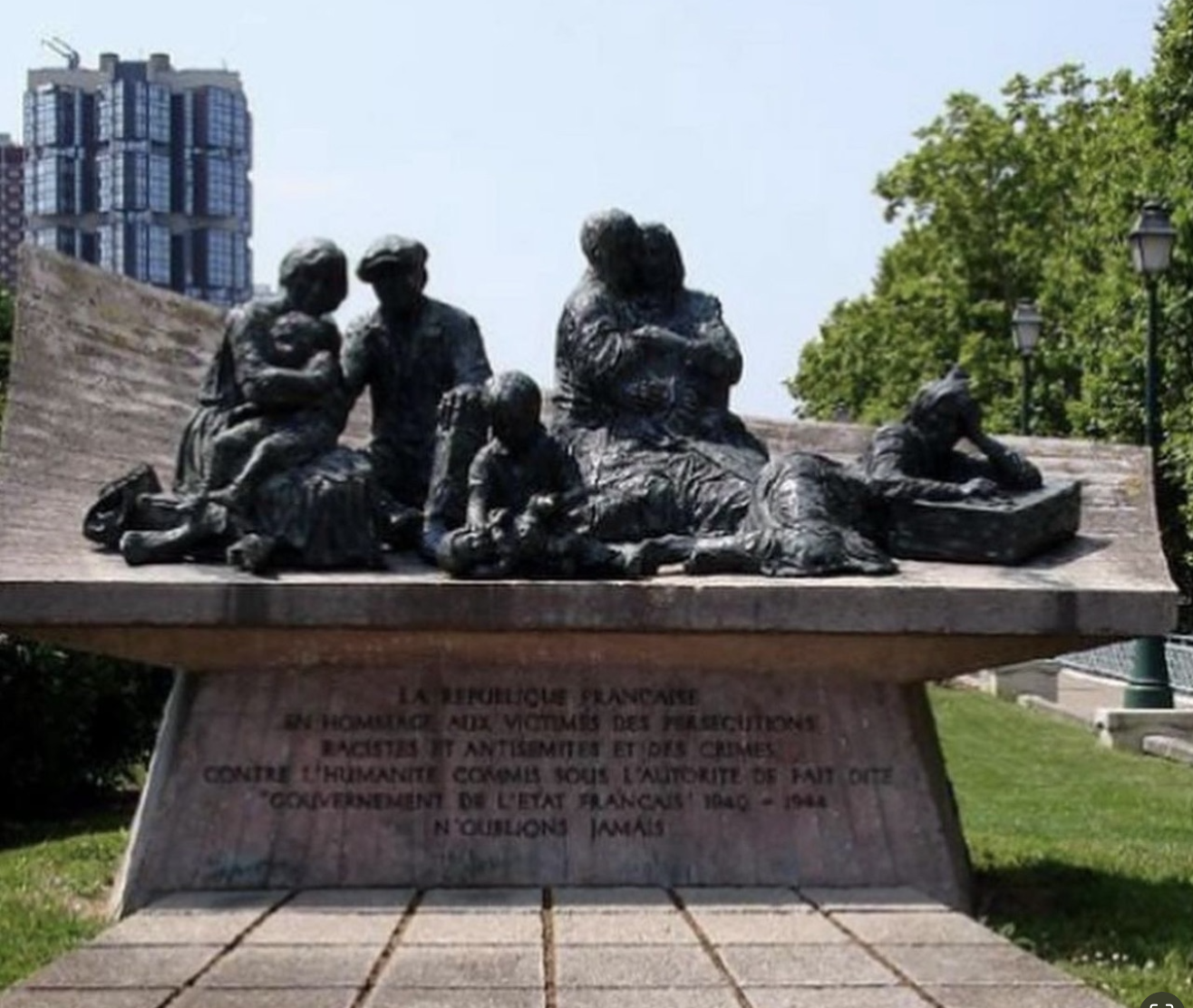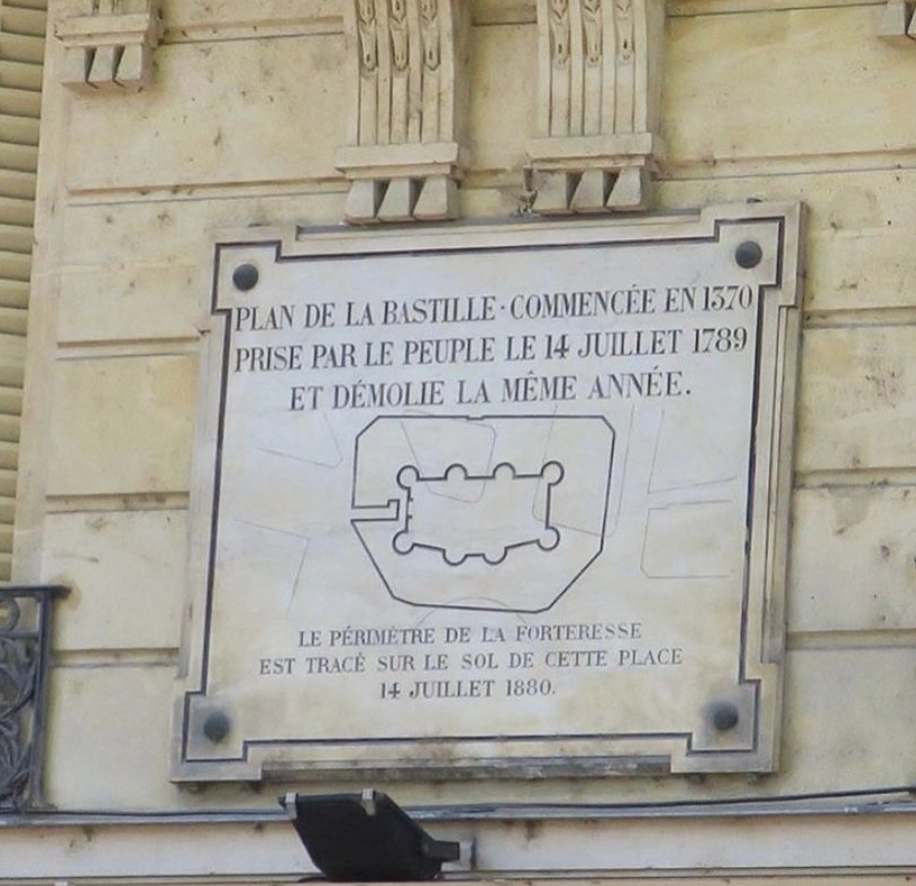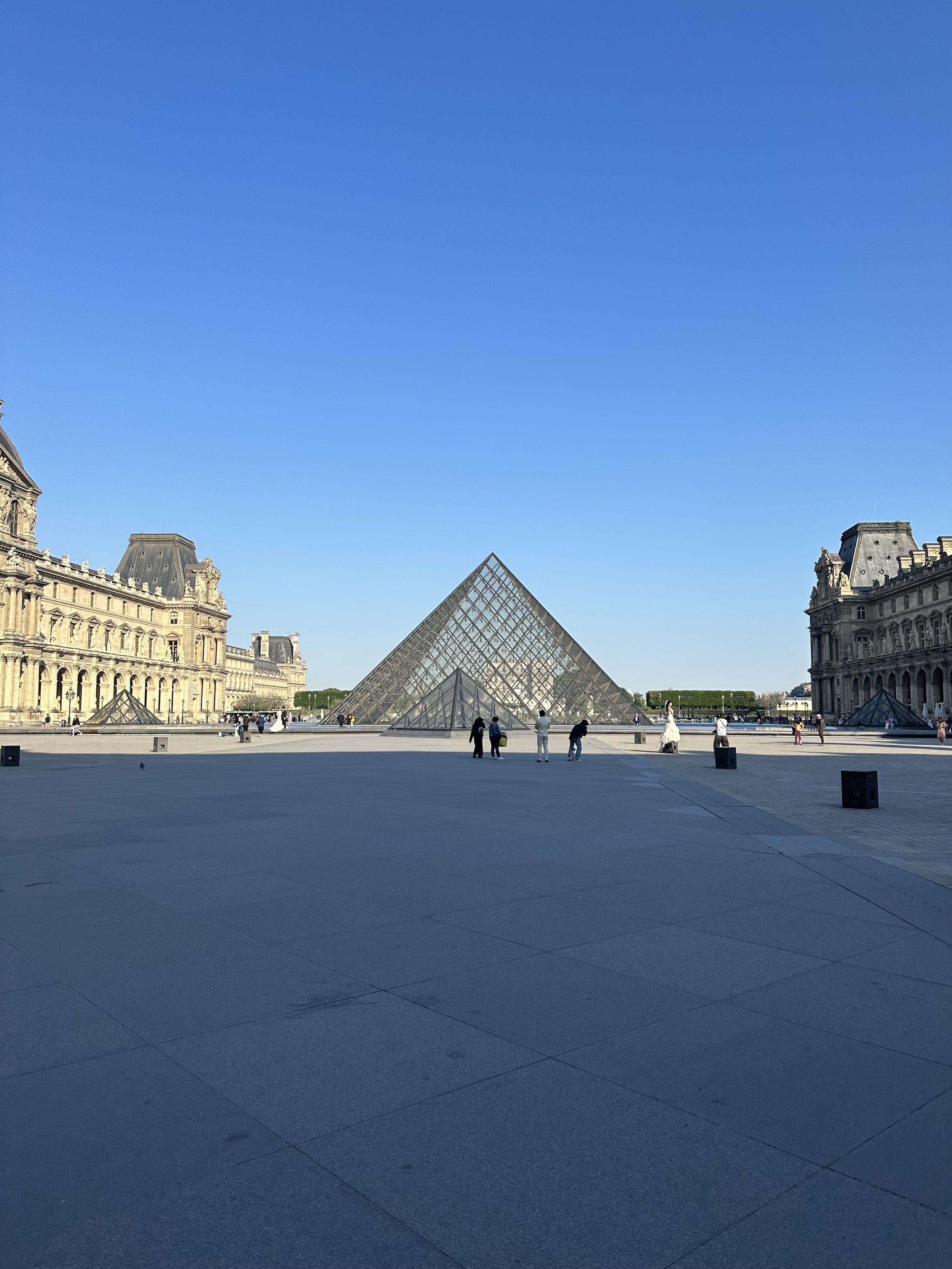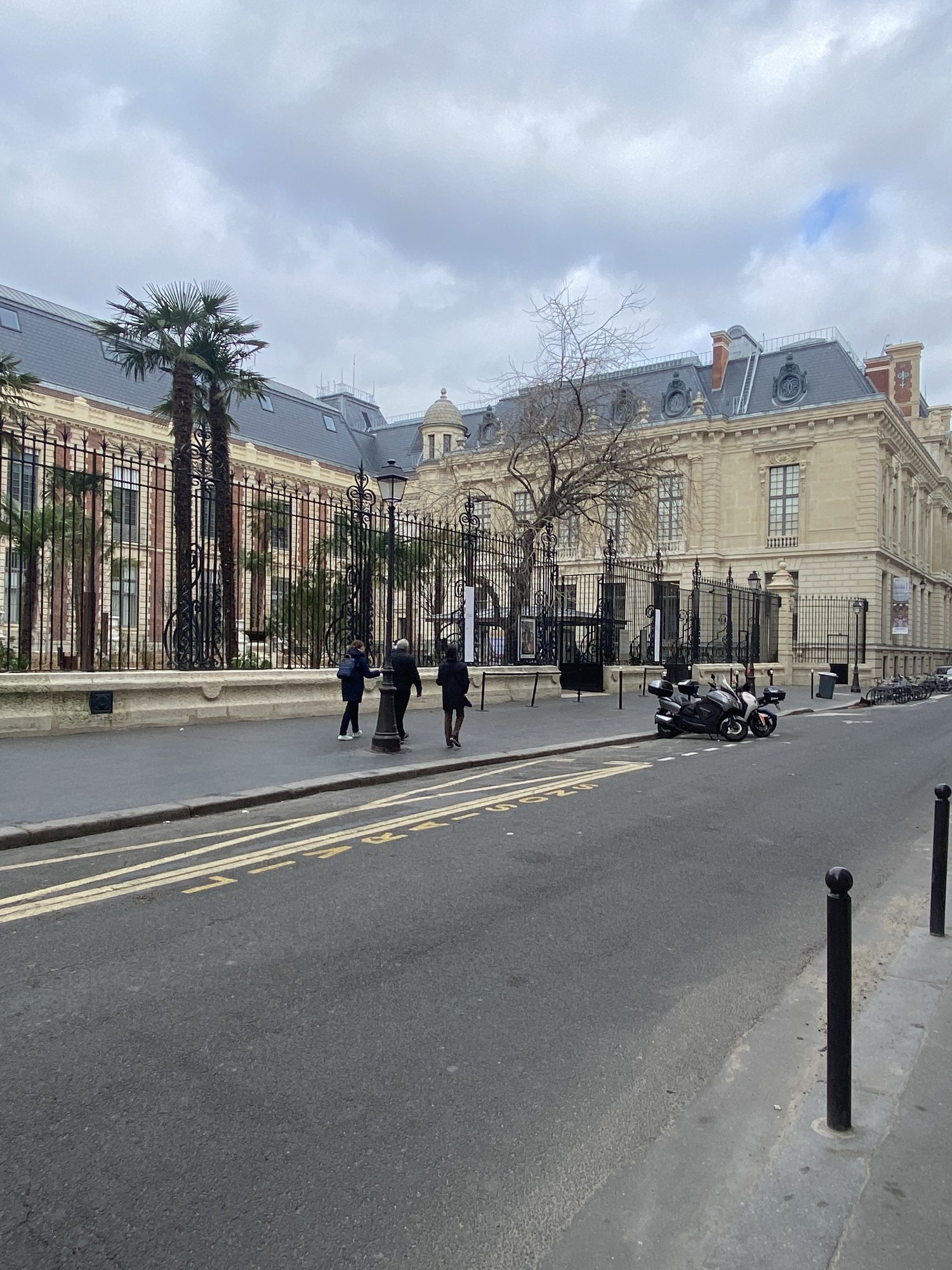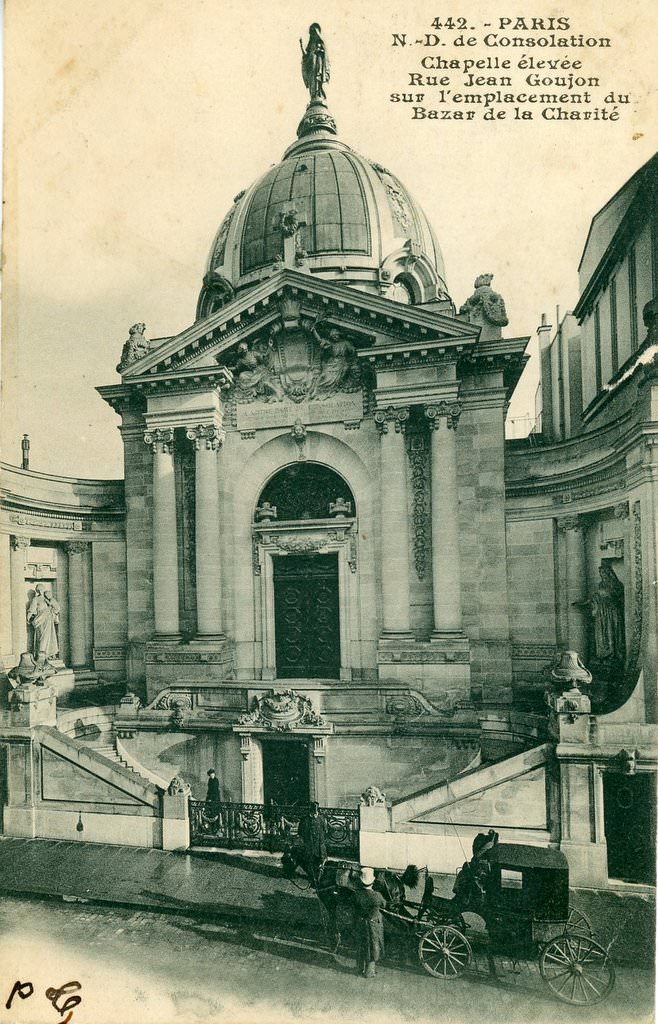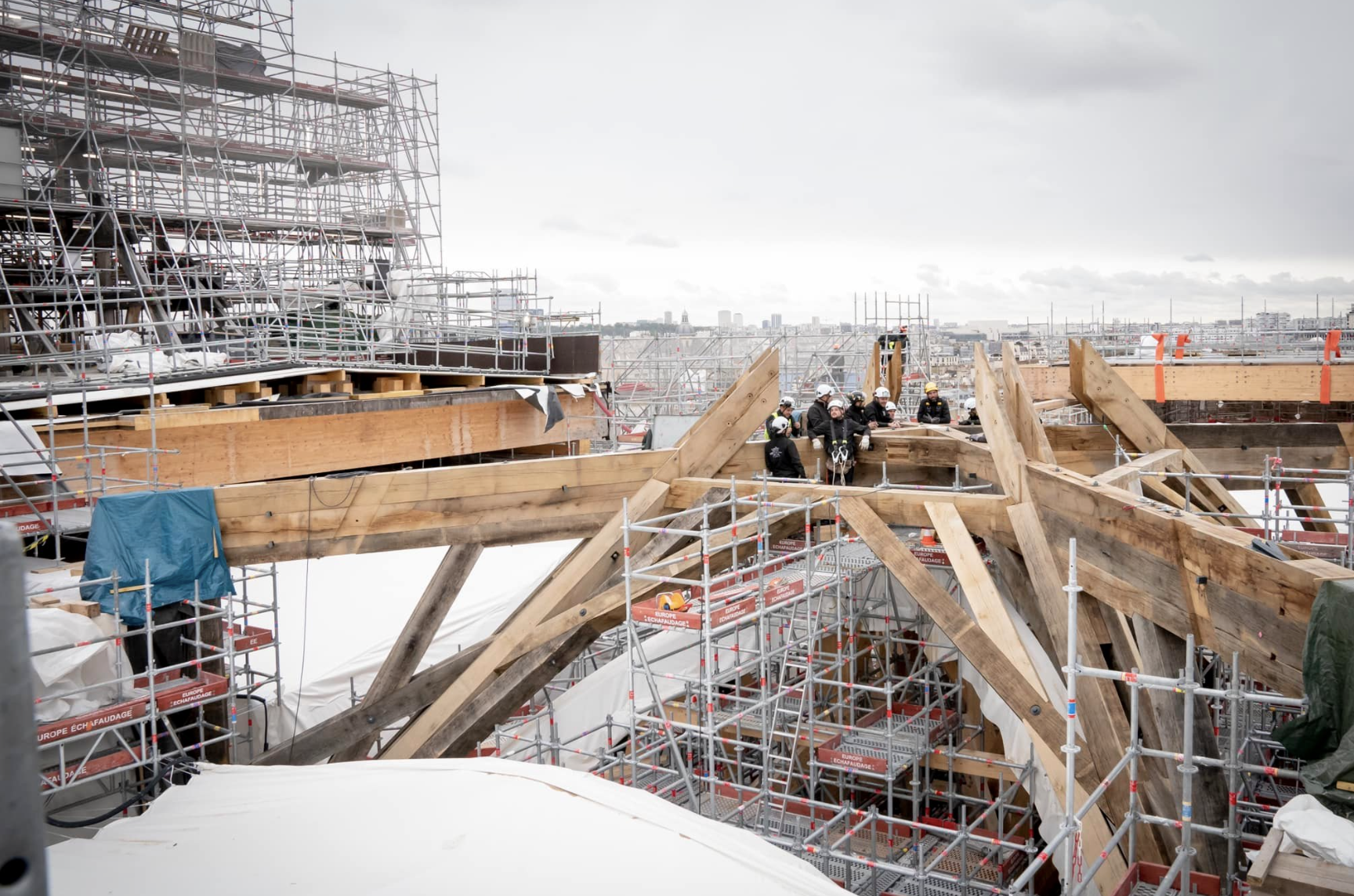This week as we enjoy the last official days of summer we are tiptoeing to the start of autumn but that also means new fantastic exhibitions in Paris.
Of course, we start with my beloved Musée du Louvre and the Renaissance collection of Naple á Paris. In collaboration with the Musee de Capodimonte in Naples, it is currently undergoing major renovation. The Louvre is trying something a little different with this exhibit by placing the borrowed pieces within the Grande Galerie alongside the Louvre’s own collection. By mixing the two together a conversation takes place between the Louvre and Capodimonte collections that is fascinating to decipher.
The exhibition extends to the Pavillon d’Horloage on the 1st and 2nd levels with the 2nd being the one you do not want to miss. In a dimly lit room, the drawings of Michelangelo and Raphael come to life. Standing up close to a drawing by Michelangelo is humbling, to say the least. The showing of the fragile sketches is limited and will close on September 25 while the rest of the exhibition in the Grande Galerie runs until January 8.
Coming up on October 18 is the exhibit I have been anxiously looking forward to since it was announced in 2021. In what was the Petite Galerie of the Richelieu wing the Treasury of Notre Dame Cathedral from its Origins to Viollet-le-Duc featuring more than 120 pieces once held in the Treasury of Notre Dame.
On April 16, 2019, the morning after the fire officials of the Louvre assisted in emptying the Treasury which held the reliquaries that once held the Crown of Thorns and pieces of the True Cross as well as the tunic of Saint Louis. It was always a place I loved to pop in and see the golden treasures and thrilled that we were able to see them once again prior to the historic cathedral reopening on December 8, 2024.
The exhibition space is small and just past the ticket entrance of the Richelieu wing. The exhibition runs until January 29, 2024.
Coming to Paris and want a guided tour through the Louvre reach out. Recently my wonderful client Dianne remarked, “This was the best money I have ever spent on travel”. Allow me to share my favorite place in the world in a way few other guides can.
Contact me today to book your tour
Musée du Louvre
Wednesday to Sunday 9 am - 6 pm. Fridays until 9:45 pm
The biggest exhibition this season in Paris will undoubtedly be Van Gogh à Auvers-sur-Oise, the Last Months. Opening October 3 at the Musée d’Orsay it will be sure to have very long lines and you must think ahead and plan accordingly. You will want to book your Orsay in advance as well as a timed entry to the exhibition as well. Without a timed ticket for van Gogh itself, you might wait a while to get in. If you are a member, you won’t need a reservation, just glide on in.
Much of the permanent collection of van Gogh that the Orsay owns is from the last months of his life. Dr Gachet who took care of Vincent at that time was given many pieces by the artist himself that were given to the Louvre in 1946 as a donation from his children after his death. In the last few months of his life, Vincent painted 74 pieces and created 33 drawings. Criticized by Gauguin for painting too fast those last months he worked feverishly utilizing all the amazing colors of his pallet, for which we are very thankful.
The exhibit opens at 9:30 a.m. on October 3 and runs until February 4. Join the Orsay and become a Carte Blanche member and enter at 9 am before the general public for an up close and personal look at the collection or book a tour with me.
To learn more about the history of the one-time train station and how it became a museum listen to the episode of Paris History Avec a Hemingway we recorded in 2021.
Also in the Orsay, this autumn and winter are two small exhibits one after another.
Gustave Eiffel - Bridge Builder opens October 31 until February 4, 2024. To celebrate the 100th anniversary of the architects’ passing the small Espace Paris at the end of the central nave holds a photo exhibit of the great iron bridges of the Eiffel.
Just a week later on February 10, 2024, until May 12 the same space highlights the art nouveau and metro designer Hector Guimard.
No need for a special reservation for either exhibit.
The partner of the Orsay, the Musée de l’Orangerie always does an amazing job when it comes to exhibitions. Opening today! Amedeo Modigliani, A Painter and his Merchant focuses on the relationship between Modigliani and Paul Guillaume. Guillaume’s collection was acquired by the state in 1959 in a long juicy drawn-out drama that we will get into another time. The collection was added to the Orangerie in 1984.
The Modigliani exhibition focuses on the relationship between the two men that met in 1914. Guillaume rented an apartment and studio for the artist in Montmartre after they met through Max Jacob. Guillaume became his exclusive dealer until his death in 1920.
Known for his portraits the exhibit will have over 100 paintings and 50 drawings on display. I can’t wait to see it and will report back right away.
Lines can be long when they have exhibitions so be sure to buy your ticket in advance or better yet, join the Orsay Carte Blanche which also allows free entry to the Orangerie.
(this is not sponsored in any way by the Orsay, it’s just a fantastic deal! If you are a Louvre member you also get a discount on the Orsay membership)
Musée d’Orsay is open Tuesday to Sunday 9:30 am to 6 pm, and 9:45 pm on Thursdays
Musée de l’Orangerie Wednesday to Monday 9 am to 6 pm
A bit farther out from the center of Paris is the Musée Marmottan Monet. Located just on the edge of the Bois de Boulogne this little treasure of a museum is worth the trek. Thanks to a gift from Michael Monet, the museum holds the largest collection of his father Claude Monet’s work in the world. The property was purchased by Jules Marmottan in 1829 and his son Paul inherited a large inheritance that he would use to collect a stunning assortment of furnishing of the Consulate and Empire period. Without an heir, he donated his estate to the Academy of Beaux-Arts in 1932 at his death. The families of William Adolphe Bouguereau in 1938, and Henri Duherm in 1985 enhanced the collection of the museum as well as the Rouart family in 1993.
Julie Manet Rouart was the only child of Berthe Morisot and Eugène Manet. Morisot was the subject of many Édouard Manet paintings including one of my favorites that is now visiting the Met in New York. Morisot was one of the few women ushered into the group of Impressionists that gave light and feminist touch to the colorful period of art. Before Berthe, there was the 18th century Rococo period in Watteau, Boucher, Fragonard, and Perronneau dominated and inspired Berthe. As a young artist, she spent hours in the Musée du Louvre with her sister Edme copying the master as women were not allowed in an artist atelier.
Opening October 18 Berthe Morisot & the 18th Century Art of Watteau, Boucher, Fragonard & Perronneau runs until March 3, 2024. The permanent collection also holds two rooms of Morisot you won’t want to miss.
Paul Girard named Morisot the Modernizer of the 17th & 18th centuries. The exhibition will have amazing examples of the side-to-side pieces of Morisot’s interpretation of Boucher, Watteau, and more. Listen to the podcast episode we did in 2020, she was a fascinating woman with such a wonderful story.
Musée Marmottan Monet
2 rue Louis-Boilly 16e
Open Tuesday - Sunday 10 am - 6 pm. Thursdays until 9 pm.
Keeping with the small museum and the beautiful pastel colors is an exhibit in the wonderful Musée Cognac-Jay. A museum that is often missed the collection of Ernest Cognac and Marie Louis Jay was collected between 1900 and 1927. You may not know their names but you do know their fantastic department store, Samaritaine on the edge of the Right Bank.
The two created a collection of 18th pieces that are now beautifully displayed in the 16th-century Hotel Donon steps from the Musée Picasso Paris and the Musée Carnavalet.
Pastels, Between Line and Color opens from October 12 to February 11, 2024. I love pastel pieces and are seldom on view due to their delicate nature. The Louvre no longer displays their collection sadly and so I leap at any chance to see a few of these lovely creations.
The exhibit includes Boucher, Maurice-Quentin de La Tour, Perronneau, and Elisabeth Vigee Le Brun. Visit the Cognac-Jay after the Berthe Morisot to continue on the dreamy theme.
Listen to the story of Marie-Louise Jay and the Samaritain on the episode we recorded in July 2021
Musée Cognac-Jay
8 rue Elzévir
Open Tuesday - Sunday 10 am - 6 pm
The permanent collection is free, and special exhibits a few euros.
Other exhibits you will want to add to your itinerary:
Gertrude Stein & Picasso at the Musée du Luxembourg
September 13 to January 28'
Mode et Sport September 20 to April 7
Iris van Herpen November 29 to April 28
The amazing Notre Dame exhibition and display of the 16 statues from the roof will run until June 2, 2024. I’ve been telling everyone for two years not to miss this, it’s a once in a lifetime chance.
Le Paris de Gustave Eiffel 1832-1923 jusqu’a January 8, 2024
Métro, le Grande Parisian en Mouvement November 8 to June 1, 2024
Trésors en Noir et Blanc, Dürer, Rembrandy, Goya, Toulouse-Lautrec until January 14, 2024
Le Paris de la Modernité November 14 to April 14, 2024
The Régence in Paris 1715 - 1723. Dawn of Enlightenment October 20 - February 25, 2024
Theophile-Alexandre Steinlen (famous for his Chat Noir painting) October 13 to February 11
Rothko October 18 to0 April 2, 2024
Chagall at Work, Drawings, Ceramics & Sculpture October 18 to January 15, 2024
Picasso Endlessly Drawings October 4 to February 26, 2024
Gormley Chez Rodin October 17 to March 3, 2024
